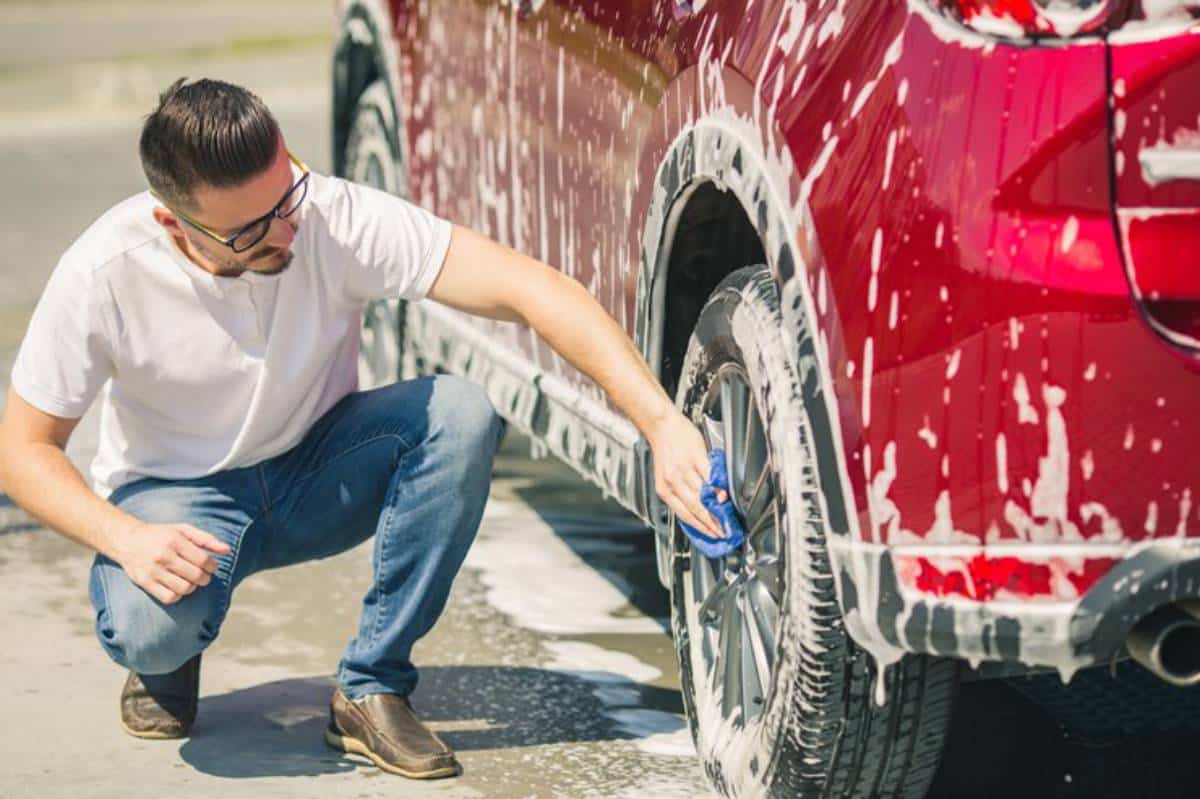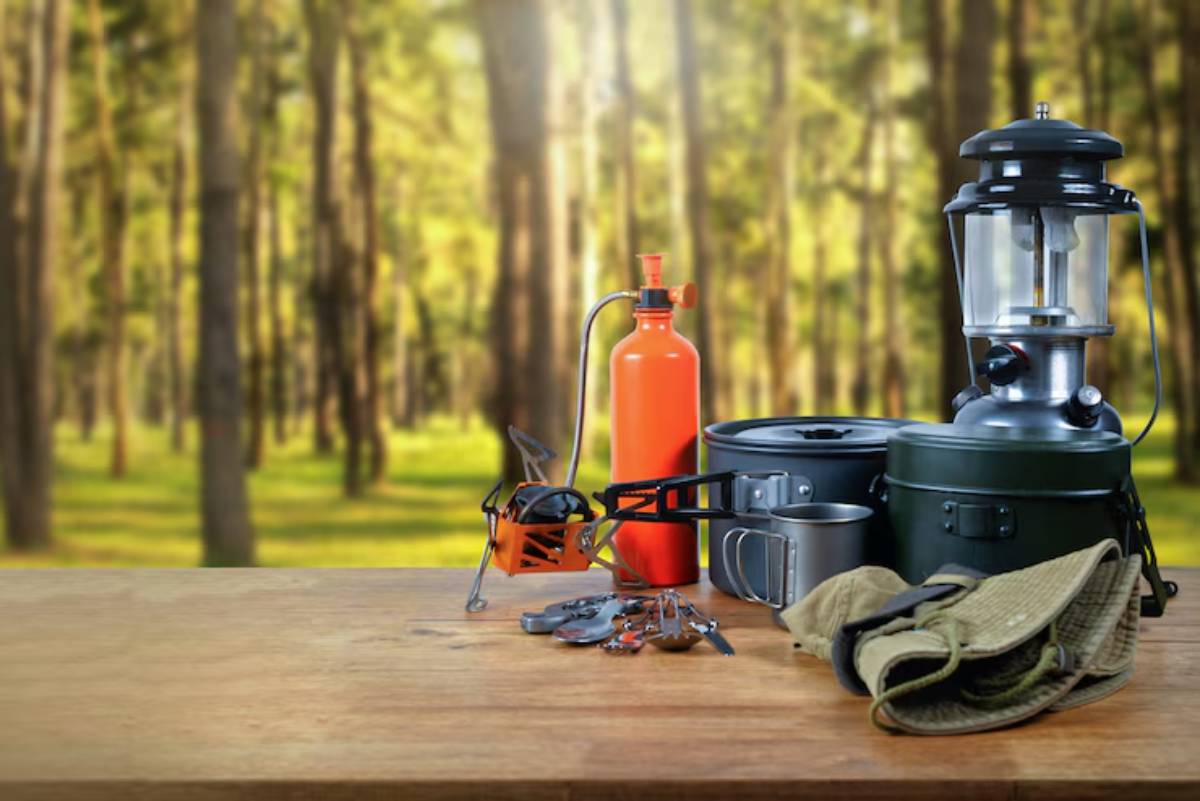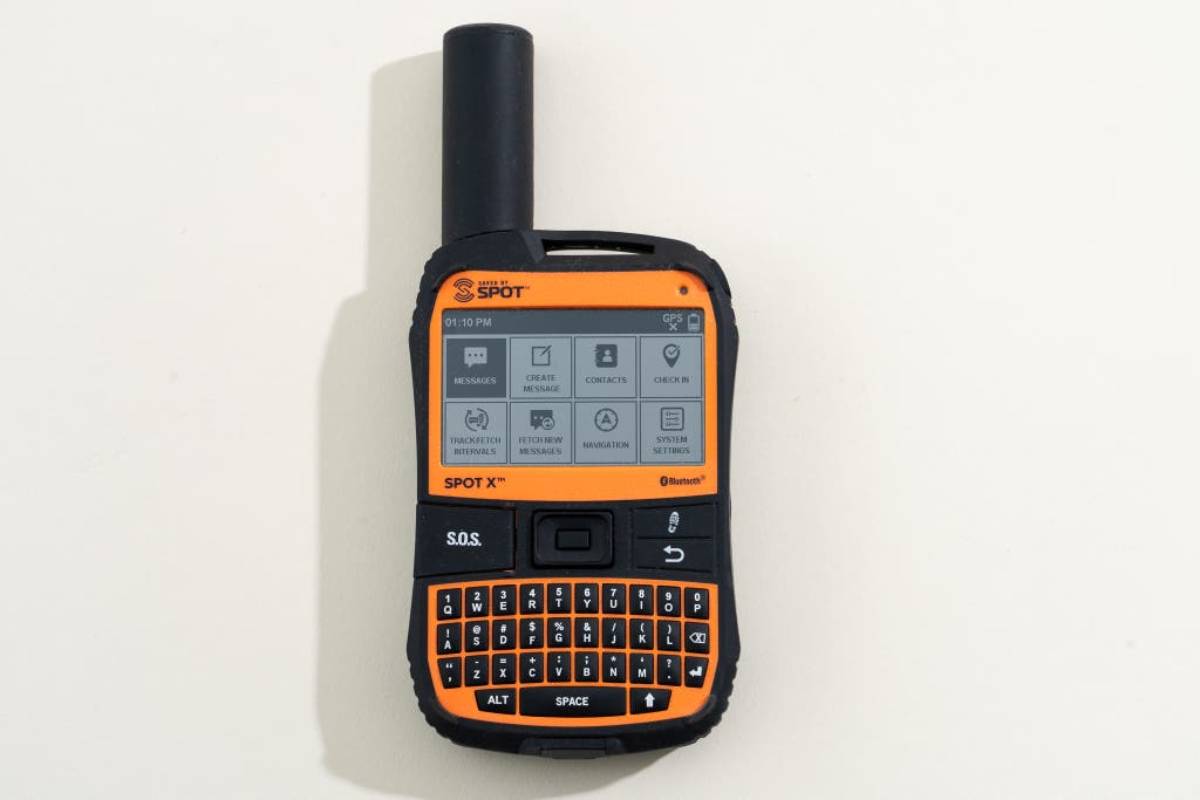
Using Satellite Messengers in Remote Terrain
Out of mobile range and deep into the wild—that’s where the real adventures begin. But when something goes wrong, how do you call for help? That’s where satellite messengers shine. These compact, powerful devices offer off-grid communication, tracking, and SOS capabilities that standard phones simply can’t match.
If you regularly explore remote deserts, mountains, or forests, relying solely on mobile coverage is risky. This guide breaks down how satellite messengers work, why they’re essential for overlanders and solo travellers, and how to choose the best one for your off-road needs.
Let’s dive into the tech that could one day save your trip—or your life.
What Is a Satellite Messenger?
A satellite messenger is a handheld or vehicle-mounted device that uses satellite networks, like Iridium or Globalstar, to send messages, location updates, and emergency beacons from anywhere on Earth.
Unlike a satellite phone (which allows full voice calls), messengers are primarily text-based tools.
- Two-way messaging with contacts
- Location sharing
- Navigation support
- Emergency SOS signalling to global rescue centres
Some models integrate GPS navigation and weather updates for full-spectrum backcountry travel.
Why You Need One in Remote Terrain
When you’re far from signal towers and deeper into the unknown, a satellite messenger becomes a lifeline.
Key Benefits:
- 24/7 SOS access even without mobile coverage
- Trackable routes that friends/family can follow
- Check-in messages to confirm you’re safe
- Emergency coordination with local SAR teams
Even if you’re confident in your rig and recovery skills, mechanical issues, injuries, or severe weather can change everything fast.
Best Satellite Messengers for Off-Road Travel
1. Garmin inReach Mini 2
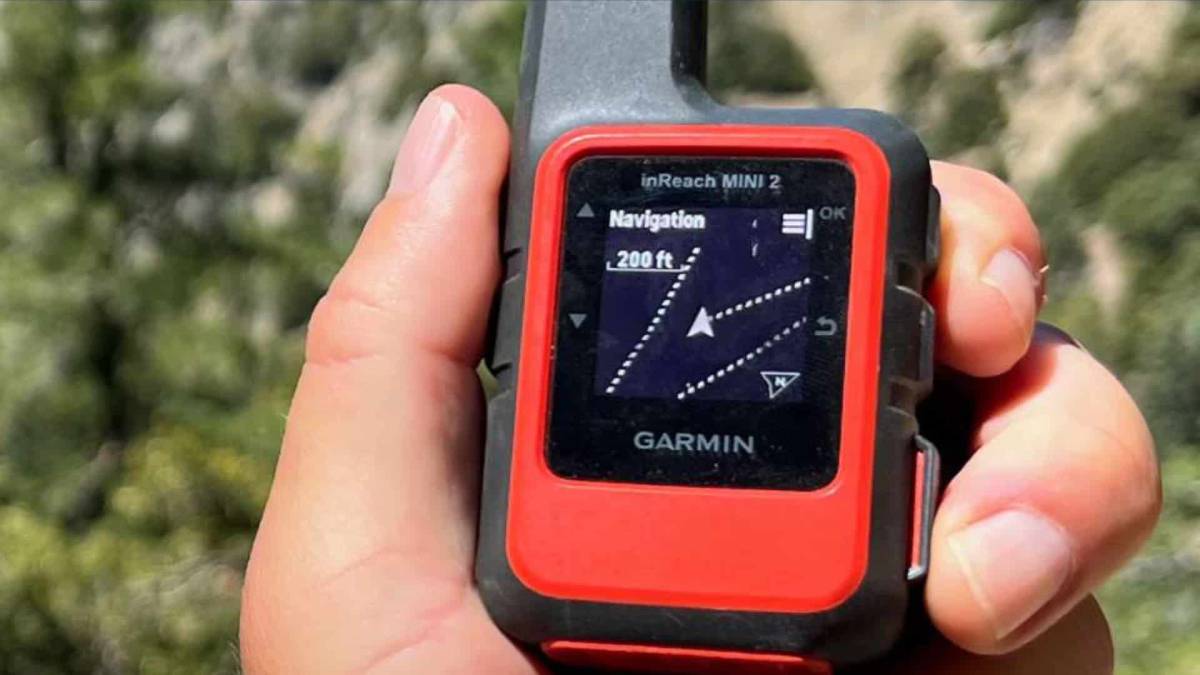
- Compact and lightweight
- Two-way messaging and global SOS via the Iridium network
- Syncs with the Garmin Explore app for mapping
Best For: Solo overlanders and backpackers looking for a lightweight safety net.
2. ZOLEO Satellite Communicator
- Seamlessly switches between Wi-Fi, mobile, and satellite
- Pairs with an app for smooth texting and tracking
- Weather forecasts and check-ins
Best For: Users who want a seamless connection with their smartphones.
3. Spot X with Bluetooth
- Physical keyboard for standalone use
- Tracks routes and sends check-ins without a phone
- Direct SOS to GEOS rescue centre
Best For: Travellers who prefer an all-in-one device with no paired phone dependency.
Key Features to Consider
1. Two-Way Messaging
Not all devices allow two-way chats. Prioritise models that let you receive replies from contacts or rescuers.
2. SOS Monitoring Centre
Ensure the device is linked to a reliable 24/7 centre, such as Garmin IERCC or GEOS.
3. Battery Life
Expect 80–160 hours of use, depending on update intervals. Rechargeable lithium-ion batteries are standard.
4. Mounting Options
Choose between handheld, dashboard-mounted, or backpack-clip models depending on your trip style.
5. Subscription Costs
All messengers require service plans—monthly or annual. Compare tiers based on usage.
Mounting and Use in a 4×4 Setup
When used in a vehicle, consider
- Mounting near the dash for easy access
- Keeping it powered via USB or a 12V socket
- Using antennas or repeaters if blocked by roof racks or gear
Place your unit where it has a clear view of the sky. Avoid burying it in consoles or deep inside cargo. If your setup includes other electronics like a GPS, fridge, or lighting system, it’s worth reviewing how to power everything safely—our guide on how to wire your vehicle for auxiliary power offers step-by-step insights for reliable off-grid setups.
Real-World Rescue Scenarios
A solo driver in the Mojave Desert broke an axle 40 miles from the nearest road. Their inReach Mini sent coordinates and an SOS with a single button. A SAR team was dispatched in under two hours.
On a trail in the Scottish Highlands, a group used a Spot X to report a medical emergency mid-hike. The SOS team coordinated a helicopter extraction based on GPS pings every five minutes.
These stories prove one thing satellite messengers are more than gear—they’re your exit plan.
Pairing with Navigation Systems
Some satellite messengers work alongside or inside GPS units.
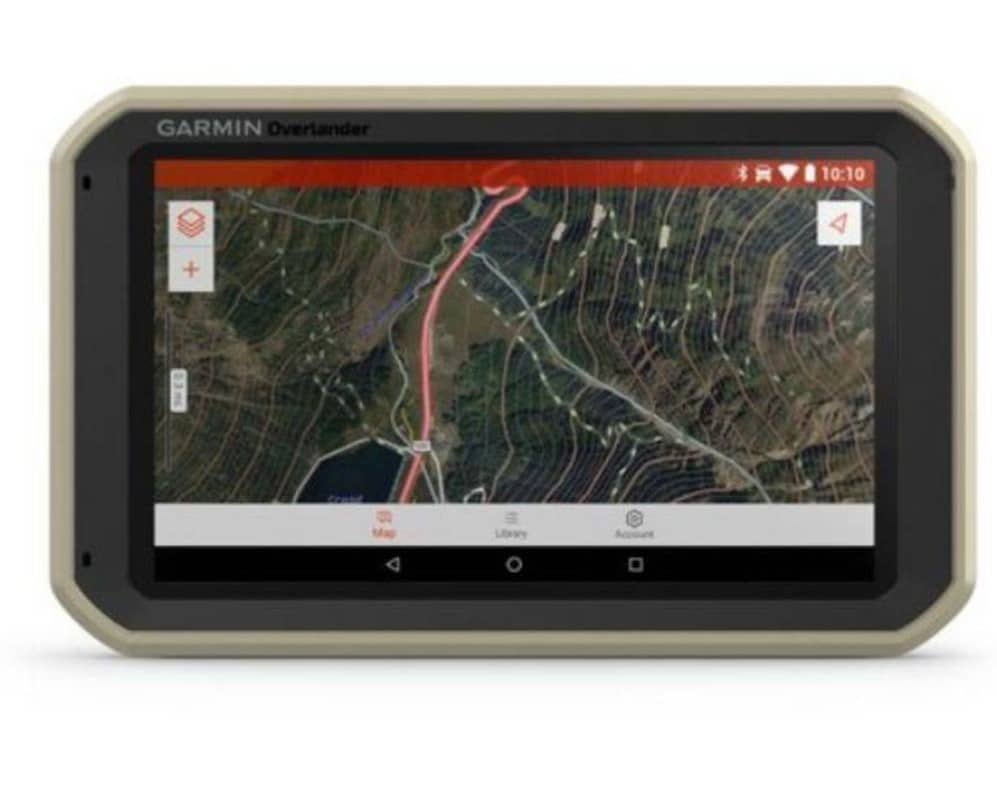
- Garmin Overlander + inReach integration
- Gaia GPS route syncing with the Garmin Explore app
- Spot tracking embedded into ride planning tools
If you’re upgrading your navigation too, check out our guide on best off-road GPS systems for 2025 to create a full off-grid nav and comms stack.
Conclusion: Be Ready, Stay Connected
Exploring remote terrain means embracing risk, but not without a backup plan. With a satellite messenger, you can message home, track your trip, and summon help anywhere.
Choose based on your needs, whether that’s weight, mapping, or hands-free use. Whichever model you go for, the peace of mind it brings is worth every penny.
Adventure should be bold but safe.
